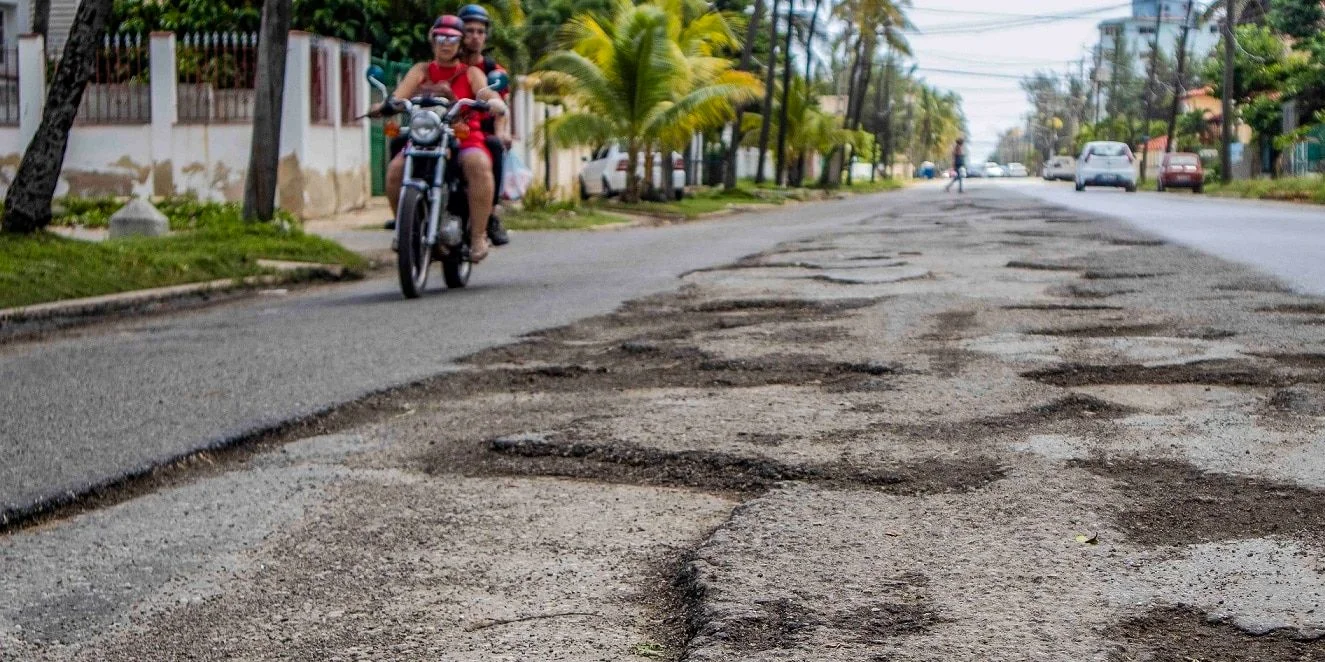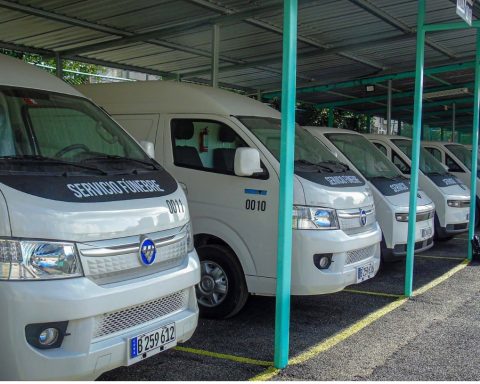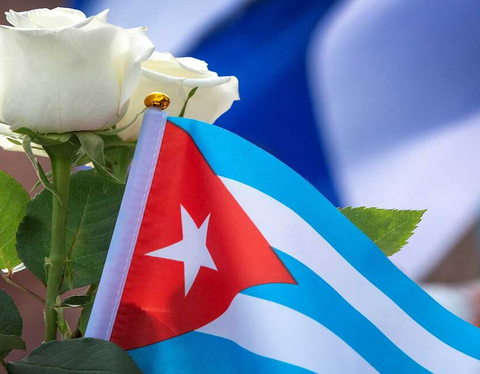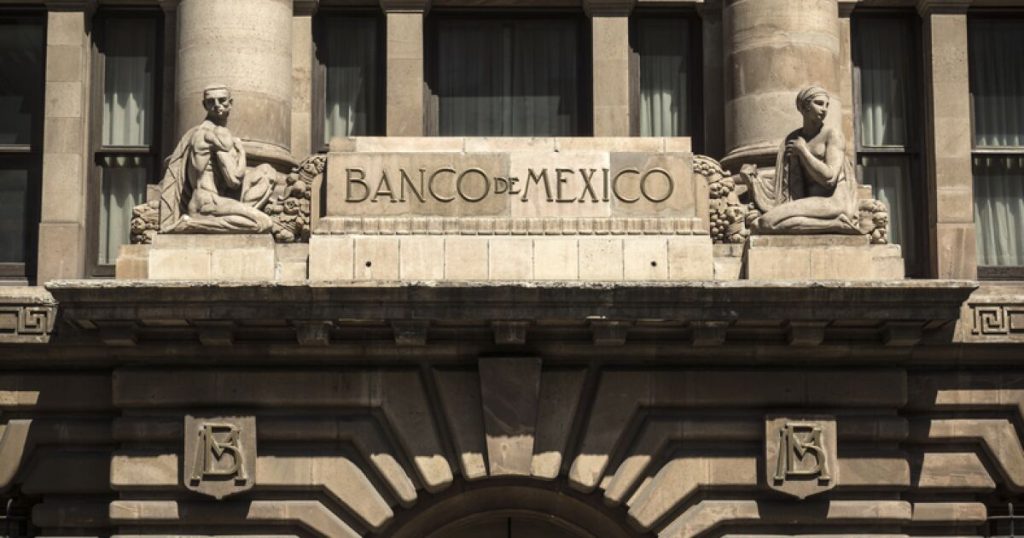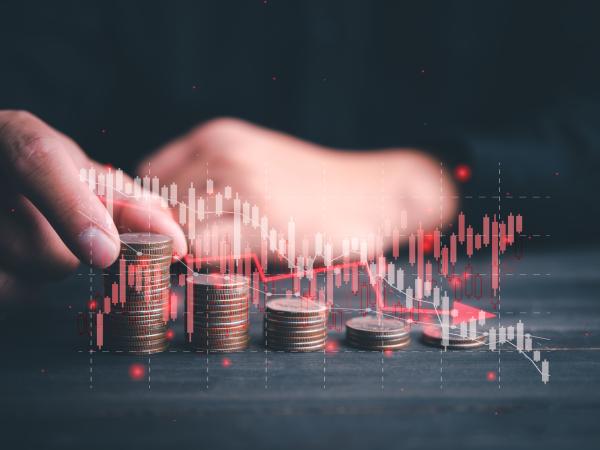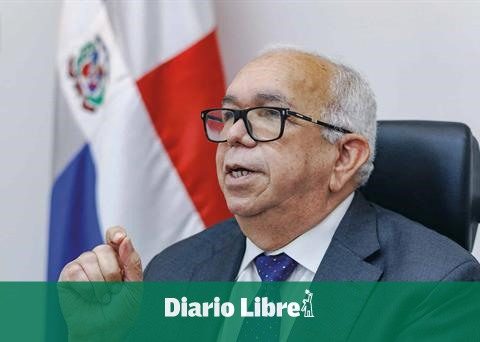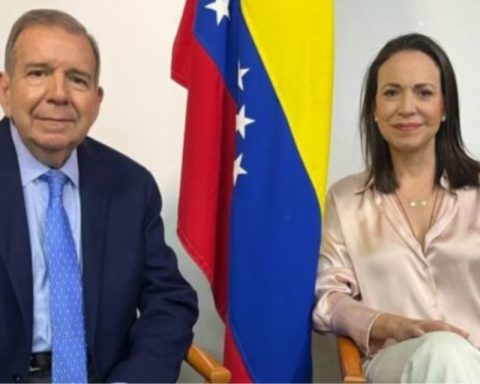Miami, United States. – From next February 10, the Cuban government will implement an increase in toll rates for the sections taxed on the island, As announced by the National Road Center. The new rates will range between 40 and 80 Cuban pesos (CUP), depending on the type of vehicle, with additional drag.
According to official information, motorcycles, cars, Jeepspanels and trucks must pay 40 CUP every time they circulate through a taxed section, while microbuses, buses, trucks and wedges must pay 80 CUP. In addition, drivers with trailers must pay a 10 CUP surcharge in the first case and 20 CUP in the second.
The increase in toll rates is based on Law 174 of 2024, corresponding to the State Budget by 2025. According to the Official Gazette GranmaThe measure responds to the need to raise more funds for the maintenance of road infrastructure, since “income does not cover the growing demand for financing that road infrastructure needs to stop and recover the existing deterioration.”
Although the Government argues that toll income is allocated entirely to the conservation and maintenance of roads, Cuban drivers face a frankly deterioration infrastructure. The lack of signaling, the potholes and the poor state of the bridges have turned many ways into dangerous, while citizens continue to pay fees that are not reflected in visible improvements.
The collection of tolls in Cuba is regulated by Law No. 113 of the Cuban Tax System, approved in 2012, and is currently applied in three sections: the Matanzas -Varadero Highway (32 km), the Cayo Santa María Pedraplén (46 km) and the Cayo Coco Pedraplén (38 km). However, the government has expressed its intention to extend this system to other sections in the future.
The increase in tolls represents a direct increase for those who depend on private or loading in a context of serious economic crisis, uncontrolled inflation and fuel shortage.
In addition, the increase in these costs could move to consumers, affecting the prices of goods and services, in a country where salaries in Cuban pesos have lost much of their purchasing value against The partial dollarization of the economy.
